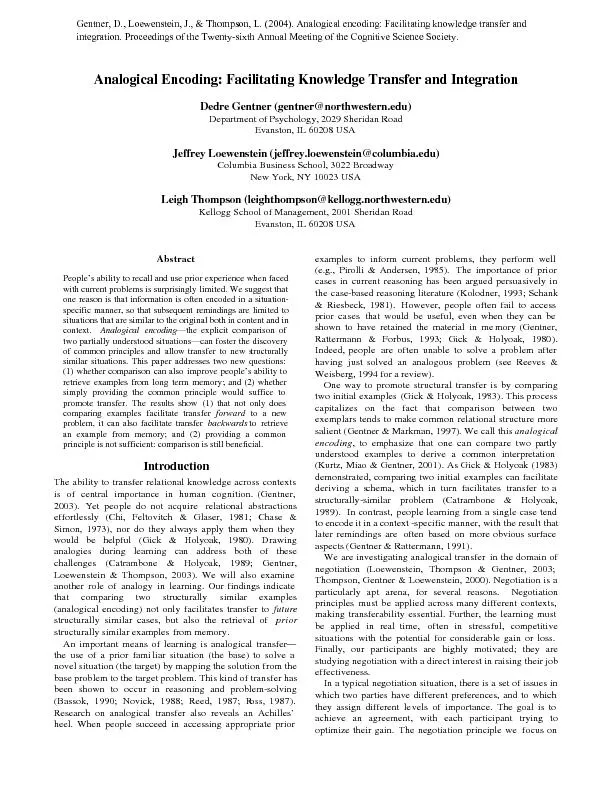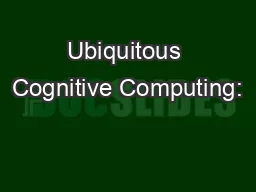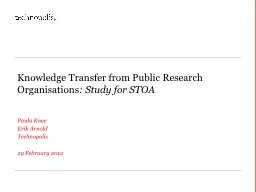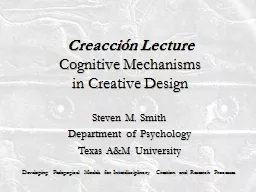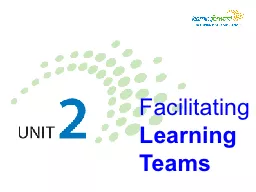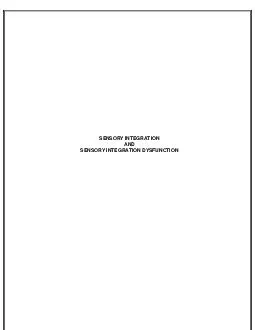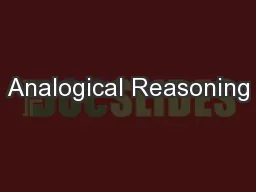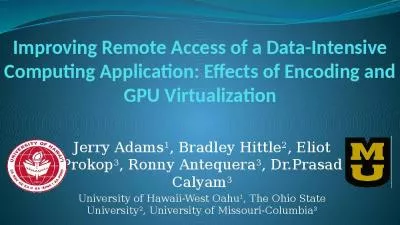PDF-Analogical Encoding: Facilitating Knowledge Transfer and Integration
Author : liane-varnes | Published Date : 2016-05-10
here is the idea of constructing contingent contracts agreements whose terms depend on the outcome of a future event Bazerman Gillespie 1999 These contracts allow
Presentation Embed Code
Download Presentation
Download Presentation The PPT/PDF document "Analogical Encoding: Facilitating Knowle..." is the property of its rightful owner. Permission is granted to download and print the materials on this website for personal, non-commercial use only, and to display it on your personal computer provided you do not modify the materials and that you retain all copyright notices contained in the materials. By downloading content from our website, you accept the terms of this agreement.
Analogical Encoding: Facilitating Knowledge Transfer and Integration: Transcript
Download Rules Of Document
"Analogical Encoding: Facilitating Knowledge Transfer and Integration"The content belongs to its owner. You may download and print it for personal use, without modification, and keep all copyright notices. By downloading, you agree to these terms.
Related Documents

